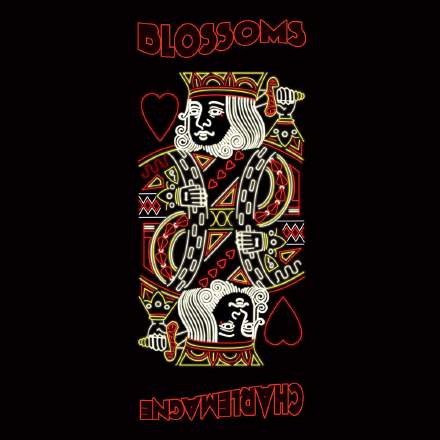
The strong ‘80s flavour of this production derives from multiple sources. It’s partly the choice of sounds — the intro’s layering of synth harpsichord and electric guitar, for instance. It’s partly the heavy lead-vocal effects too. But, I think the approach to vocal editing also harks back to that era. Let me explain…
With a few notable exceptions (anything produced by Mutt Lange, say), the timing/tuning accuracy of an ‘80s vocal performance was still almost exclusively the responsibility of the performer. Granted, the rot was already setting in, as ambitious (or just plain desperate!) producers used ever more extensive comping to buff dodgy vocals to a gleaming brown, but it still wasn’t a patch on the type of post-production carve-up that’s meted out to most mainstream vocals these days, now that powerful DAW software is ubiquitous. The singing in many ‘80s productions, therefore, simply isn’t as locked-down in the tuning/timing department as on most current records. What’s interesting about this Blossoms song, though, is that it bucks the modern vocal-editing trend by retaining plenty of raggedness, especially in the pitch domain — check out the sharpwards drift of several of the verse’s “hello” repetitions, for instance, or the “flows” in the first chorus at 0:38. In this respect, it creates a bit of authentic, and ear-catching, production nostalgia that few artists these days would ever have the self-confidence to deliver. (“OMG, a note’s out of tune!”) I’m pretty sensitive to tuning issues myself, but I honestly wouldn’t fault this particular production decision.
A few other little corners caught my ear too. Firstly, during the breakdown (starting at 1:25) we’re treated to a lovely little single-tap 16th-note delay on the guitar. This was another well-worn trick in the ‘80s (when precisely controllable digital delay lines came of age) for adding rhythmic complexity to pedestrian riffs. Single-tap tempo delays like this seem to have fallen a bit out of favour in more recent times (outside EDM circles at least), which I think is a shame, because this example shows there’s clearly life in them yet. And, secondly, isn’t it great the way that outro guitar solo slowly ambles back and forth across the stereo panorama from about 2:20? Stereo movement like this is good for grabbing the listener’s attention, but by the same token can easily distract from more important musical elements. Fortunately, it’s well targeted here: it combats the psychological distancing effect of the lead-guitar’s heavy ambience by focusing your ear on the instrument’s stereo position, and there’s no lead vocal in the mix at that point from which it might risk stealing the show.










